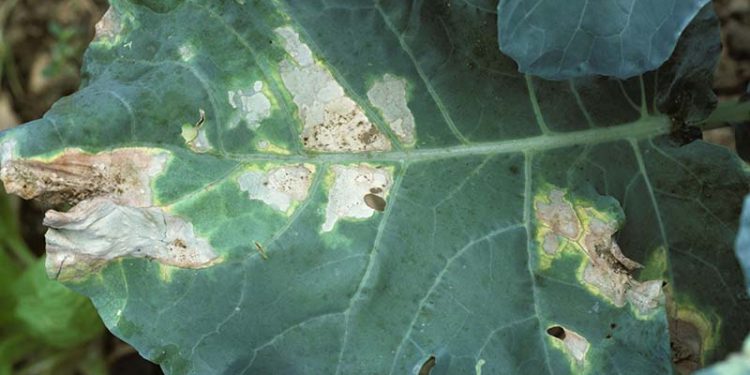#PlantDisease #CropProtection #Agriculture #SustainableFarming
Black rot, caused by the bacterial pathogen Xanthomonas campestris, is a devastating disease that affects a wide range of cruciferous crops, including cabbage, cauliflower, broccoli, and radish. This disease can cause significant yield losses and quality degradation of the harvested produce. Therefore, understanding the disease, its development, and the consequences of its development is crucial for preventing and managing its spread.
The pathogen Xanthomonas campestris causes black rot by infecting the vascular system of the plant, leading to wilting and eventual death. The bacterium can survive in crop residues and soil for up to two years, making crop rotation and field sanitation essential for disease management. The disease can also spread through contaminated seeds, transplants, and equipment.
Preventing and managing black rot involves a combination of cultural practices, chemical control, and resistant cultivars. Cultural practices, such as crop rotation, field sanitation, and avoiding overhead irrigation, can reduce the disease’s severity. Chemical control using copper-based bactericides can also be effective but needs to be applied preventatively. Finally, resistant cultivars can provide an effective long-term solution, but it requires ongoing breeding programs and testing.
Вlack rot caused by Xanthomonas campestris is a severe disease that poses a significant threat to cruciferous crops. Preventing and managing the disease involves a combination of cultural practices, chemical control, and resistant cultivars. Implementing these measures is crucial for minimizing yield losses and ensuring a sustainable supply of high-quality produce.































